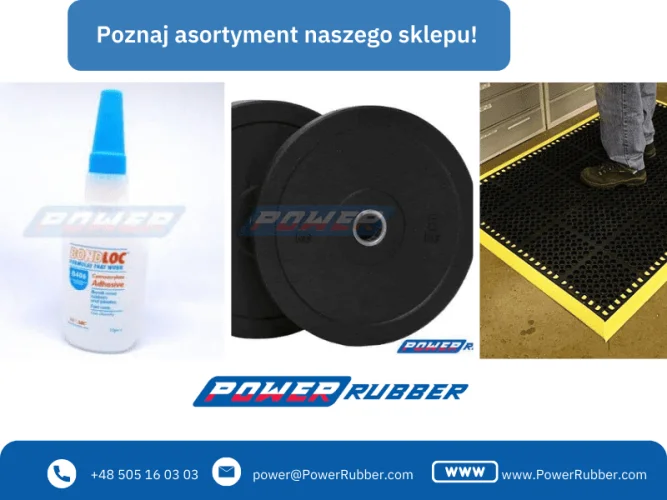Cutting standards
15.05.2022
Cutting standards in industry are a key factor in the performance of semi-finished products, parts and finished products. We invite you to visit the guide in which we describe the most common standards.
Non-contact cutting methods
Non-contact cutting methods involve cutting the material without its direct contact with the abrasive. The most popular methods of non-contact cutting include:Water cutting
Cutting with water (WaterJet) is a cold cut, without thermal deformation, and allows you to cut virtually all soft materials (rubber, cardboard, glass) and hard (stone). This method is used for precise cutting using a high-pressure jet of water. WaterJet enables dust-free cutting of large thicknesses, and also prevents problems related to thermal expansion of materials. It is a universal solution that allows you to cut all materials.Plasma cutting
Plasma cutting is classified as thermal cutting. It is used to cut metals (aluminum, black steel, stainless steel, copper, cast iron) with a plasma arc. Various types of cutting can be performed with the plasma torch (basic, template, multiple sheets simultaneously, mechanized, gouging, bevelling). Plasma cutting is characterized by high cutting speed and the ability to cut thin materials without burning the edges. Plasma cutting technology is not used to machine titanium.Laser cut
Laser cutting is classified as thermal cutting and enables a wide range of cutting various materials (wood, plastic, paper, various types of steel). It depends on the laser source used (gas lasers, solid-state lasers, semiconductor lasers). Laser cutting is characterized by high precision and cutting speed, as well as a narrow cutting gap and a minimum heat-affected zone. The laser cutting technology allows you to cut materials such as: non-ferrous metals and their alloys, black steel, alloy steels, wood, PVC, plexiglass. Laser cutting is not used to process materials with a high light reflectance.What is workshop tolerance?
The shop tolerance determines the level of precision to be applied during production. The operator decides the level of deviation from the original specifications giving a controlled and allowed margin of error. Tolerance is the allowable variation for a given size to get the proper function. It is an essential aspect of product design.Cutting standards
Machine operators most often apply standard tolerances when the customer does not specify tolerance levels. The scope of standard machining tolerances is determined by standardization bodies, which include, among others:- International Organization for Standardization (ISO)
- American Society of Mechanical Engineers (ASME)
- American National Standards Institute (ANSI)
ISO 2768 standard
ISO 2768 was created by the International Organization for Standardization (ISO) and aims to simplify drawing specifications for mechanical tolerances. It mainly deals with parts produced by machining or material removal. Specifies the extent to which variation is accepted between nominal dimensions and other dimension values that qualify as a fit. It consists of two parts: ISO 2768-1 and ISO 2768-2. All tolerance limits are given in millimeters. These parts define mechanical levels of precision to simplify engineering drawings. ISO 2768-1 aims to simplify drawing markings and defines general tolerances in 4 tolerance classes:- f - petite
- m - average
- c - thick
- v - very thick
ISO 9013 standard
The ISO 9013 cutting standard defines the quality of materials suitable for thermal cutting:- laser cutting from 0.5 to 32 mm
- plasma cutting from 0.5 to 150 mm
- oxy-fuel flame cutting from 3 to 300 mm
ISO 286 standard
ISO 286 defines the specifications for the basics of tolerances, deviations and fits. ISO 286-1 is the product geometric tolerance (GPS) standard. The standard is used for linear dimensions of elements of the following types:- cylinder
- two parallel opposite surfaces
